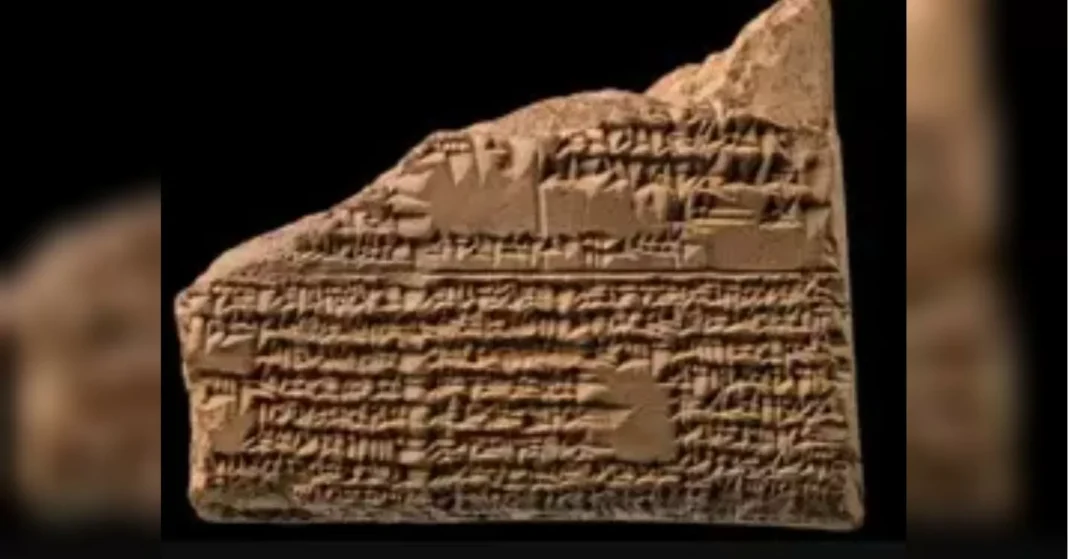The British Museum, located in London, is home to a vast collection of artifacts and treasures from all over the world. Among its many treasures are the ancient Babylonian tablets, which hold a significant place in the history of the museum and the world.
The Babylonian tablets, also known as cuneiform tablets, are one of the earliest forms of writing in the world. They were created by the ancient Mesopotamians, who lived in the region of modern-day Iraq, around 3500 BC. These tablets were made of clay and were used to record various aspects of life, such as trade, religion, and government.
The British Museum has a collection of over 130,000 cuneiform tablets, making it one of the largest collections in the world. These tablets were acquired by the museum in the 19th century, during the time of the British Empire. The tablets were discovered by archaeologists during excavations in the ancient city of Babylon, which was located in modern-day Iraq.
The tablets were initially brought to the museum by Sir Austen Henry Layard, a British archaeologist, who discovered them during his excavations in the mid-19th century. Layard’s findings were later followed by other excavations, which added to the museum’s collection of Babylonian tablets.
The tablets in the British Museum’s collection cover a wide range of topics, providing valuable insights into the lives of the ancient Mesopotamians. They contain information on various subjects, such as law, literature, mathematics, astronomy, and medicine. These tablets also include some of the earliest known examples of writing, including the famous Epic of Gilgamesh, which is considered to be one of the oldest surviving works of literature.
One of the most significant tablets in the British Museum’s collection is the Code of Hammurabi, which is a set of laws created by the Babylonian king Hammurabi in the 18th century BC. This code is one of the earliest known examples of a written legal system and provides a fascinating glimpse into the society and culture of ancient Babylon.
The tablets in the British Museum’s collection are not only important for their historical and cultural significance but also for their role in deciphering the cuneiform script. The cuneiform script was a complex system of writing, and it was not until the 19th century that scholars were able to decipher it. The tablets in the British Museum’s collection played a crucial role in this process, as they provided a large number of texts for scholars to study and decode.
The British Museum has taken great care to preserve and display these ancient tablets. They are kept in a climate-controlled environment to prevent any damage, and they are also regularly studied and researched by experts to gain a better understanding of their contents.
In addition to their historical and cultural significance, the Babylonian tablets in the British Museum’s collection also hold a special place in the hearts of the people of Iraq. The tablets are a symbol of their rich heritage and serve as a reminder of the great civilizations that once thrived in their land.
The British Museum has also taken steps to make these tablets accessible to a wider audience. They have been digitized and are available for viewing on the museum’s website, allowing people from all over the world to explore and learn from these ancient artifacts.
In conclusion, the Babylonian tablets in the British Museum’s collection are a testament to the rich history and culture of ancient Mesopotamia. They provide valuable insights into the lives of the people who lived thousands of years ago and continue to fascinate and educate people to this day. The British Museum’s dedication to preserving and showcasing these tablets is commendable, and they serve as a reminder of the importance of preserving our world’s cultural heritage.

